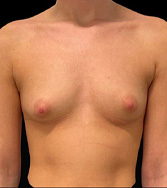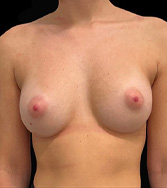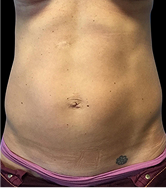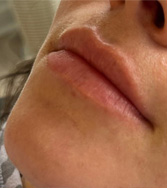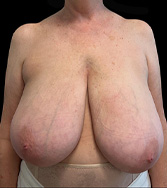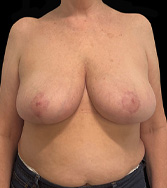By ECAPS
TRAM Flap surgery, (or Transverse Rectus Abdominus Myocutaneous), is one of the options for breast reconstruction surgery. There are several different forms of TRAM flap surgery, and they can all be a viable alternative for women who would like to use their own tissue for reconstruction or may have a contraindication to traditional breast implants (ie. Radiation Therapy.)
The Pedicled TRAM Flap procedure involves the use of the rectus abdominus muscles (or “sit-up” muscles) for the reconstruction of the breast. First, an incision is made from one of the patient’s hips to the other. Next, a “flap” of skin, fat tissue, and a single abdominal muscle is moved to the chest under the patient’s skin to create the new breast. The recovery from this process can take some time, and may be particularly painful for some. Patients who have this type of TRAM Flap reconstruction procedure can expect to lose some abdominal strength with the removal of one of their abdominal muscles- some up to 20%. Some complications of this procedure include fat necrosis, delayed healing, and complications of the abdomen, such as hernia or bulging.
Free TRAM Flap surgery requires disconnecting the flap from the patient’s body, moving it to the patient’s chest, and connecting it to new blood vessels in the chest using microsurgery. There are some advantages to this surgery over the pedicled procedure including, improved blood supply and a better ability to mold and shape the breast in the desired positions. It also has a lower fat necrosis (partial flap loss) rate.
The Muscle-sparing Free TRAM Flap procedure has all of the same benefits as free TRAM flap surgery, and comes with fewer complications to the abdominal region. This surgery uses far less of the abdominal muscle, and spares patients many of the painful side effects of the other procedures (pain, abdominal strength, bulging, and hernia). The amount of abdominal muscle used for this procedure can be as small as a postage stamp. This type of surgery is typically chosen in the event that a patient’s anatomy does not allow for DIEP or SIEA flap surgery.
As already explained, while each of these procedures has their share of benefits for women looking for breast reconstruction, they also carry some degree of risk. Patients should choose an experienced team of surgeons, and speak with them before choosing which surgery is right for them.



